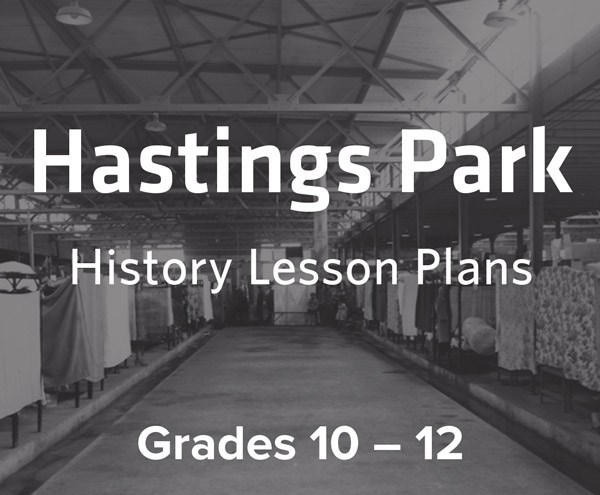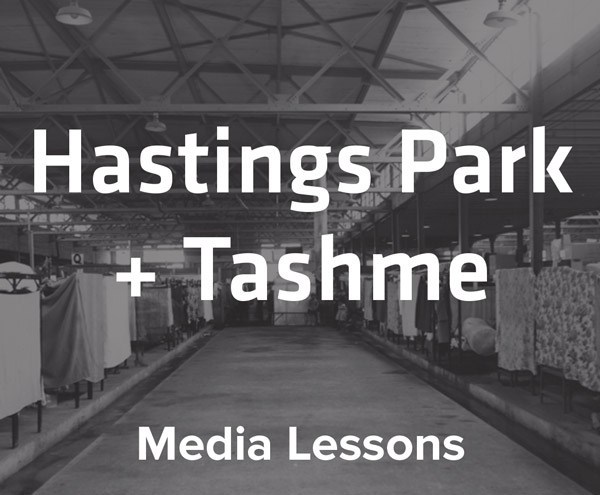Grade: 5 + 6
Time: 60 Minute lessons in the classroom with field study option
We focussed on core and curricular competencies to bring the big ideas and the content of the Japanese Incarceration also known as the Internment to life. All books and lessons have been classroom tested.
CORE COMPETENCIES: Communication, Creative and Critical thinking, Positive Personal and Cultural Identity, Personal Awareness and Responsibility, and Social Responsibility
SUBJECTS: Social Studies, English Language Arts
BIG IDEAS
• Canada’s policies and treatment of minority peoples have negative and positive legacies. (Social Studies 5)
• Immigration and multiculturalism continue to shape Canadian society and identity. (Social Studies 5)
• Systems of government vary in their respect for human rights and freedoms. (Social Studies 6)
• Exploring text and story helps us understand ourselves and make connections to others and to the world. (English Language Arts 6)
• Exploring and sharing multiple perspectives extends our thinking. (English Language Arts 6)
CONTENT
• Past discriminatory government policies and actions such as the Head Tax, the Komagatu Maru Incident, residential schools and internments (Social Studies 5)
• Human rights and responses to discrimination in Canadian society (Social Studies 5)
• Global poverty and inequality issues including class structure and gender (Social Studies 6)
The history of the incarceration of Canadians of Japanese descent at Hastings Park in Vancouver and (optional) field study guide
CURRICULAR LINKS TO GRADE 10 SOCIAL STUDIES
(Copied from the Ministry of Education curriculum guide)
BIG IDEA
Political decision-making and societal change are influenced by interactions between, individuals, groups and institutions.
CURRICULAR COMPETENCIES
Students are expected to be able to do the following:
• Use Social Studies inquiry processes and skills to: ask questions; gather, interpret, and analyze ideas; and communicate findings and decisions
CONTENT
Students are expected to know the following:
• Injustice, oppression, and social change in the development of human rights
CURRICULAR LINKS TO GRADE 11/12 SOCIAL JUSTICE
(Copied from the Ministry of Education curriculum guide)
BIG IDEAS
• Social justice issues are interconnected.
• The causes of social injustices are complex and have lasting impacts on society.
• Social justice issues have both individual and systemic effects.
CURRICULAR COMPETENCIES
Students are expected to be able to do the following:
• Use inquiry processes and skills to: ask questions; gather, interpret, and analyze ideas; and communicate findings and decisions
• Assess and compare significance of people, events, and developments at particular times and places, and examine what it reveals about social justice issues
• Create and implement an action plan to address a particular social justice issue
CONTENT
Students are expected to know the following:
• Past and present social injustices in Canada and the world, their possible causes, and their lasting impact on individuals, groups, and society
• Roles of governmental and non-governmental organizations in issues of social justice and injustice
Curricular Links
CORE COMPETENCIES
Communication, Creative and Critical thinking, Positive Personal and Cultural Identity, Personal Awareness and Responsibility, and Social Responsibility
CURRICULAR LINKS TO GRADE 5 AND 6 SOCIAL STUDIES AND ENGLISH LANGUAGE ARTS
BIG IDEAS
• Canada’s policies and treatment of minority peoples have negative and positive legacies. (Social Studies 5)
• Immigration and multiculturalism continue to shape Canadian society and identity. (Social Studies 5)
• Systems of government vary in their respect for human rights and freedoms. (Social Studies 6)
• Exploring text and story helps us understand ourselves and make connections to others and to the world.
(English Language Arts 6)
• Exploring and sharing multiple perspectives extends our thinking. (English Language Arts 6)
CORE COMPETENCIES
• Use personal experience and knowledge to connect to text and develop understanding of self, community, and world (English Language Arts 5)
• Recognize and identify the role of personal, social, and cultural contexts, values, and perspectives in text (English Language Arts 6)
• Recognize how language constructs personal, social, and cultural identity (English Language Arts 5+6)
• Construct meaningful personal connections between self, text, and world. Respond to text in personal, creative, and critical ways (English Language Arts 6)
CONTENT
• Past discriminatory government policies and actions such as the Head Tax, the Komagatu Maru Incident, residential schools and internments (Social Studies 5)
• Human rights and responses to discrimination in Canadian society (Social Studies 5)
• Global poverty and inequality issues including class structure and gender (Social Studies 6)
Curricular links to Grade 10 Social Studies
(Copied from the Ministry of Education curriculum guide)
BIG IDEA
Political decision-making and societal change are influenced by interactions between, individuals, groups and institutions.
CURRICULAR COMPETENCIES
Students are expected to be able to do the following:
Use Social Studies inquiry processes and skills to: ask questions; gather, interpret, and analyze ideas; and communicate findings and decisions
CONTENT
Students are expected to know the following:
Injustice, oppression, and social change in the development of human rights
Curricular links to Grade 11/12 Social Justice
(Copied from the Ministry of Education curriculum guide)
BIG IDEAS:
• Social justice issues are interconnected.
• The causes of social injustices are complex and have lasting impacts on society.
• Social justice issues have both individual and systemic effects.
CURRICULAR COMPETENCIES:
Students are expected to be able to do the following:
• Use inquiry processes and skills to: ask questions; gather, interpret, and analyze ideas; and communicate findings and decisions
• Assess and compare significance of people, events, and developments at particular times and places, and examine what it reveals about social justice issues
• Create and implement an action plan to address a particular social justice issue
CONTENT
Students are expected to know the following:
• Past and present social injustices in Canada and the world, their possible causes, and their lasting impact on individuals, groups, and society
• Roles of governmental and non-governmental organizations in issues of social justice and injustice
OVERVIEW
In this unit students will consider the idea of bias and the use of word choice in the construction of historical accounts, as well as in the reporting of current events. The unit consists of three lessons that use the experience of Canadians of Japanese descent during WWII as a case study for a larger discussion on bias, discrimination and media literacy.


